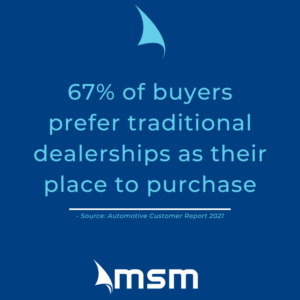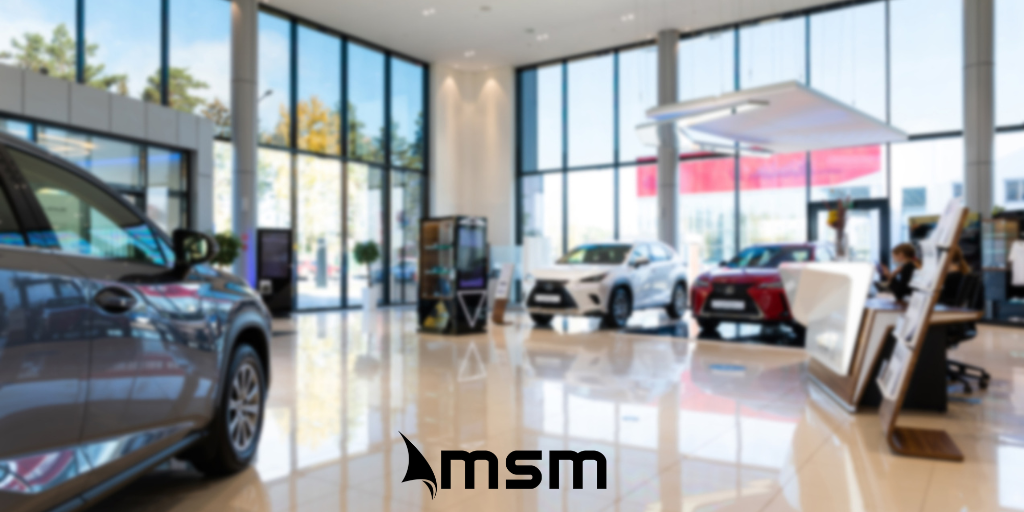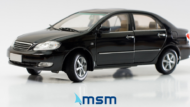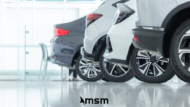From the first known USA, Auto Dealership, opened by William E. Metzger in 1897, to the car dealerships of today, the auto industry and auto dealerships are no strangers to challenging times. However, the past few years have been particularly challenging for US car dealerships and dealerships worldwide.
Some of the challenges facing the auto industry and car dealerships are brought on by advancements in technology, like ride-sharing application technologies and the rise of online auto buying capabilities. And, many of the most recent challenges have risen due to the response to the COVID-19 pandemic, supply chain disruptions, and the current economy.
Here are some of the biggest challenges that auto dealerships faced in 2022:
Ride Share Apps
In 2009, Uber launched its ride-sharing app. It is not hyperbole to say that the transportation, car rental, taxi industry, public transportation, and the car dealership industry were changed forever. Then shortly after, Lyft launched its ride-sharing application, cementing these changes. The Global Ride Sharing Market is now closing in on being a $100 billion industry.
While ride-sharing apps mainly affected the taxi services sector, auto dealerships were also significantly impacted. People need cars. Renting a car can be expensive, especially at current rates. So, they are purchasing a vehicle, though a significant financial impact for most, it has been necessary for most people. But, ride-sharing apps have offered a new alternative.
Ride Sharing applications have allowed people who live in major metropolitan areas or those who do not need daily transportation an alternative to buying or leasing a car from an auto dealership. This hit to the auto dealership industry is offset slightly by the need for drivers utilizing these apps for side-income or full-time, flexible jobs to purchase or lease newer cars. These drivers also purchase again at a quicker rate than typical drivers. Nonetheless, these ride-sharing apps present a challenge for auto dealerships.
Online Car Purchasing Websites
The online car-buying industry is booming. In 2020, online car buying generated over $237.9 billion. This number is expected to more than triple over the next ten years. This is excellent news if you are a dealership positioned to sell cars in mass online. But, for most auto dealerships, this is a challenge with a severe impact on their business.
Despite online car buying increasing in popularity, the good news is that 67% of buyers prefer traditional dealerships as their place to purchase. This is excellent news for dealerships focusing on used cars, as 70% of those buying at dealerships in 2021 purchased used cars, whereas 73% of online buyers purchased new cars.
While buyers still prefer dealerships for their actual purchase, they overwhelmingly prefer some degree of online shopping before going to a dealership. This presents a challenge for auto dealers as most will need strong online digital marketing to compete for the modern car shopper’s experience and a solid website focused on the user experience to compete for sales from modern buyers. Additionally, consumers’ car buying expectations have changed, and dealerships need to aggressively transform in order to meet those expectations.
Supply Chain Delays and Chip Shortages
Many industries faced significant supply chain issues due to the pandemic and USA relations with China. For example, in 2021 alone, the US auto industry was down 7.7 million vehicles due to the supply chain and chip shortages and $210 billion in revenue due to the chip shortage.
Unfortunately, it appears that the shortages will continue into 2023. Simply put, there are fewer cars for auto dealerships to compete for to add to their inventory. While this problem is slowly getting better, there is no guarantee that it is ending any time soon. Furthermore, the supply chain issue is causing dealerships that offer repair services to have long wait periods to get needed parts, if they can get them at all. STMicroelectronics estimated that it will take until 2025 before we see a significant increase in chip manufacturing and auto dealerships are no longer experiencing major shortages.
Economic Impact on Auto Dealerships
As if the above-mentioned chip shortage costing the auto industry over $210 billion isn’t enough, the economy has led to many additional impacts on car dealerships. The most notable is the rise in auto costs, both the price the dealerships are paying and the increased expense to the consumer.
The Consumer Price Index continues to rise, and the price of automobiles is outpacing the index. The new vehicle ATP increased to $48,043 in June, up 1.9% from May. The price is up over $5,000 from June of 2021. With the average American having much less disposable income than in a healthy economy, fewer people can afford new cars with higher prices.
While some auto dealerships are overcoming the decline in new car sales by increasing both the sales of electric vehicles and selling more used vehicles, many auto dealerships are struggling to generate a profit. As a result, there has been a wave of auto dealerships closing, like CarLotz closing half of their dealerships. However, despite the economy, some dealerships are experiencing record profits.
Some auto dealerships have experienced record profits by selling more luxury vehicles, focusing on online or electric car sales, and increasing used car sales. However, the easiest way many have increased profit is by decreasing operating costs and offering more services to their customers at no additional expense to the auto dealerships themselves. This is often done through partnering with service providers that can help lower a dealership’s costs while adding new revenue streams to the dealership. If your auto dealership is struggling, this might be the first option you can investigate, before any other drastic changes to your business.







